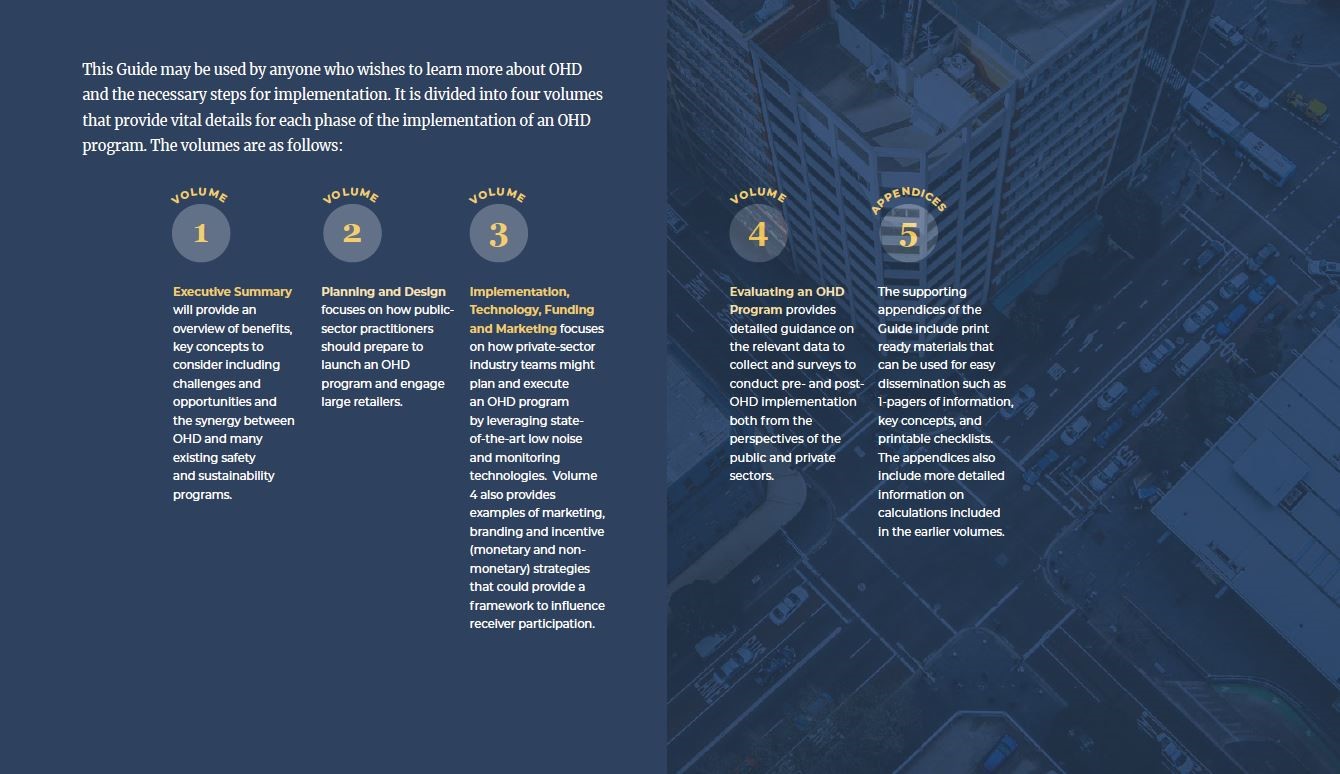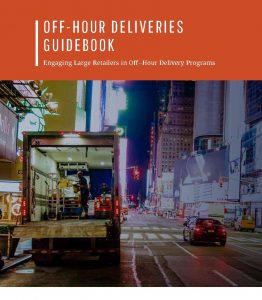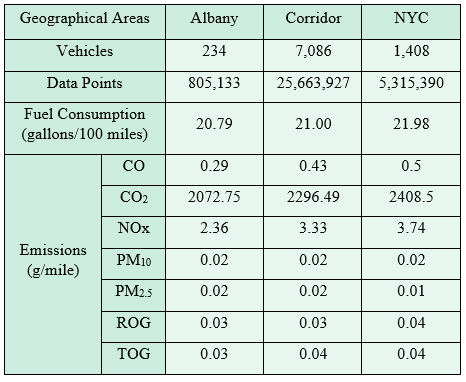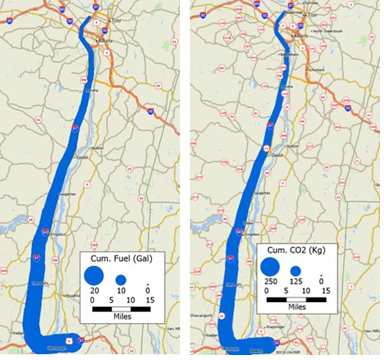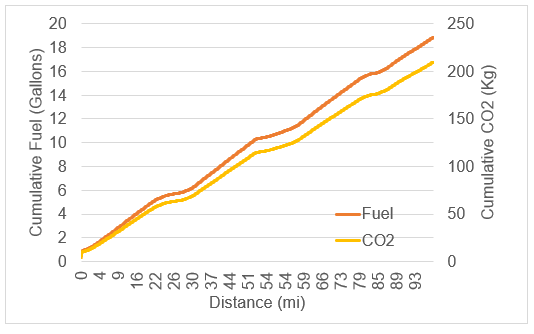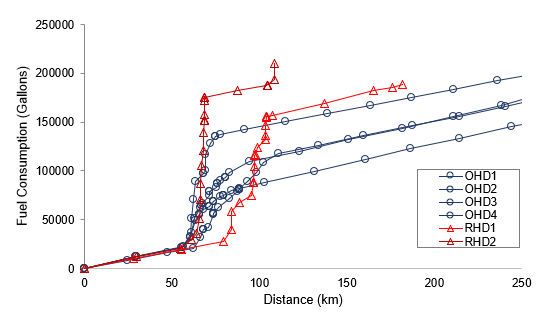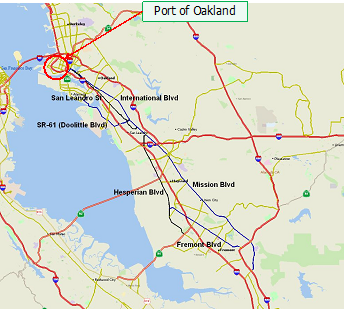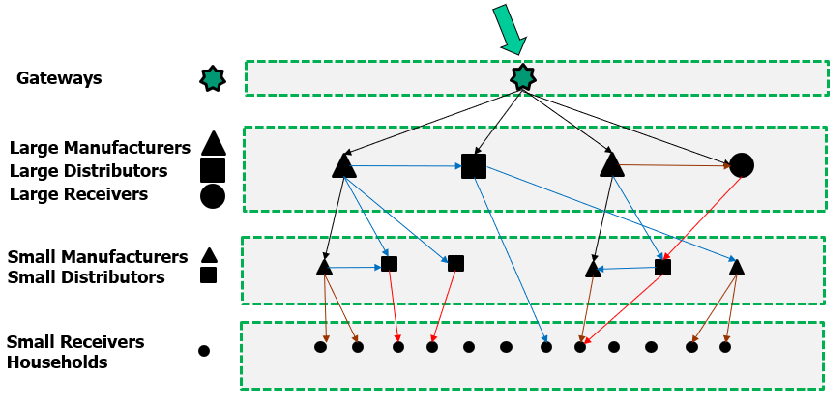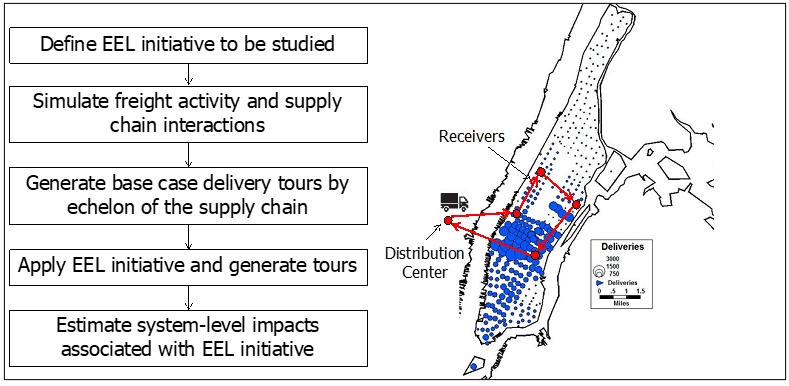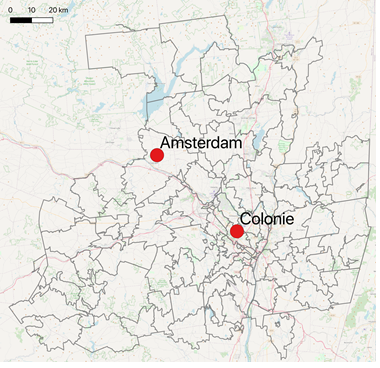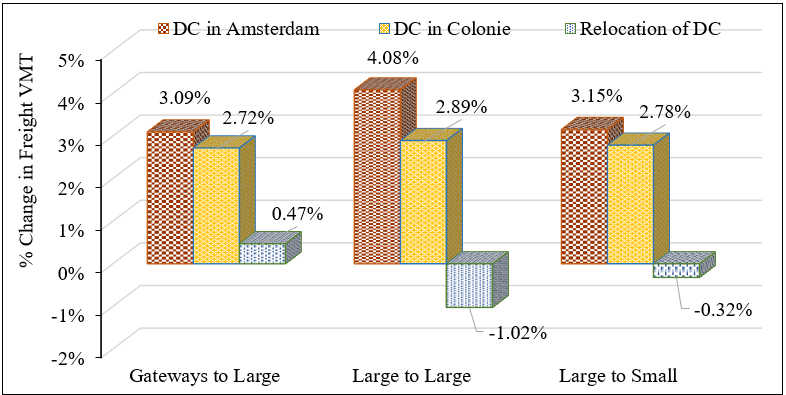Off-Hour Delivery Guidebook - Engaging Large Retailers in Off-Hour Delivery Programs
OVERVIEW
This Guidebook was developed with the purpose to advance knowledge on how best to foster off-hour delivery (OHD) programs in urban areas, with a particular focus on large retailers. The Guide discusses the key details the processes and partnerships that are essential to the implementation of OHD, and covers the basic concepts that are fundamental to off-hour delivery programs and their implementation. As such, it includes key concepts, the benefits of OHD, stakeholder outreach and coordination, specific applications to large retailers, strategies and technologies to support OHD, steps for conducting OHD, and details for long-term implementation and sustainability.
While the Guide can be used by any entity interested in developing an OHD program, it focuses primarily on large retailers. Studies, as well as practical applications, have shown large businesses within the retail and food industries to be more willing to include an OHD program as a part of their operations. Targeting these businesses with multiple locations, typically in multiple cities, will therefore result in more efficient use of resources, leading to an increased success rate for long-term program implementation.
EMPHASIS ON LARGE RETAILERS
For this Guidebook, large retailers are considered convenience stores, grocery chains, restaurants, coffee shops
and retail chains that have a large number of locations in a city. The emphasis on large retailers is warranted on
the basis of multiple reasons and these multiple considerations led the team to produce this Guidebook:
- Large retailers typically operate multiple stores in the same metropolitan area, convincing them to adopt OHD
could lead to reductions of freight traffic and emissions in multiple locations. - The possibility of having multiple locations accepting OHD drastically increases the feasibility of OHD as it
makes it easier for freight carriers to replace regular-hour delivery routes entirely. - Large retailers are typically interested in being perceived as responsible corporate citizens and good stewards
of the environment that support environmentally friendly delivery practices such as OHD. - Large retailers—because of their stature and prominence—have a great deal of influence on their peers; as a
result, their adoption of OHD is likely to inspire other businesses to follow suit. - Large retailers frequently operate in multiple cities and parts of the country, their adoption of OHD is bound to
facilitate the spread of OHD across the country.
SUMMARY
The superior performance of OHD programs is the direct result of the collaborative nature of the effort, where
both public and private sector collaborate to achieve outcomes impossible to reach unilaterally by either sector.
The research conducted by Rensselaer clearly indicates that, if fully funded, an unassisted OHD program could
move 20-40% of the freight deliveries out of the day hours. To achieve this it is important to engage these large
national and regional chains in off-hour delivery practices so they can grow the base of participating companies.
This Guide is divided into four volumes including 1) Introduction to Engaging Large Retailers in OHD Programs,
2) Planning, Design and Implementation of an OHD Program, 3) Implementation, Analyses and Technologies
to Support OHD Programs, and 4) Evaluating an OHD Program. Each volume is intended to be used by either
the public or private sector to provide information on how to provide insight on how to foster off-hour deliveries
amongst these large retailers.
KEY PRODUCTS
CONTRIBUTING TEAM MEMBERS
- Jeff Wojtowicz
- Jose Holguin-Veras
- Stacey D. Hodge
- Shama Campbell
- Oriana Calderon
- Diana Ramirez-Rios
- Julia Coutinho Amaral
- Cara Wang
